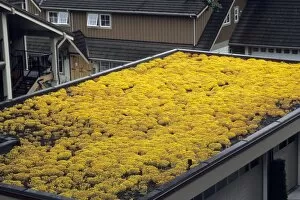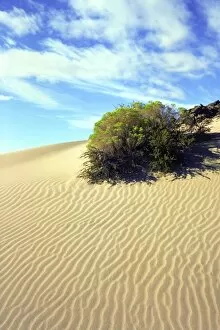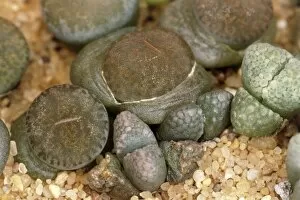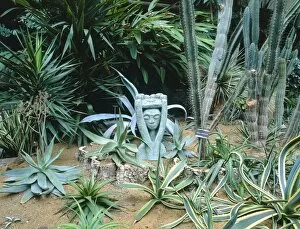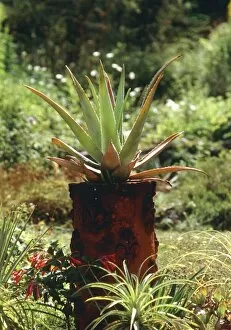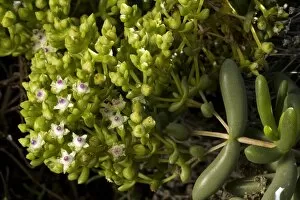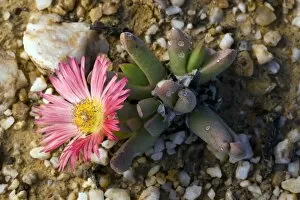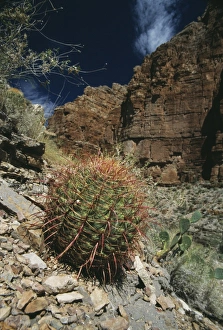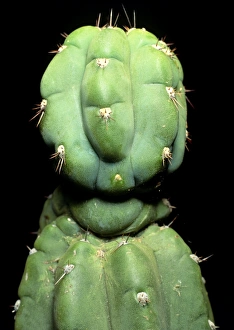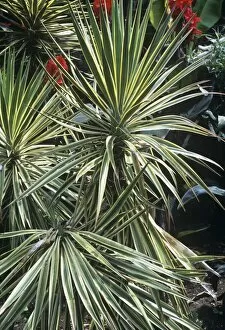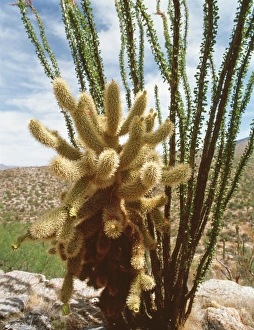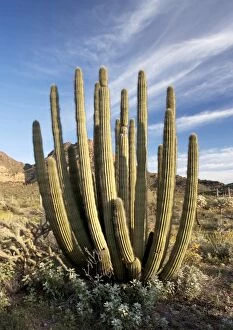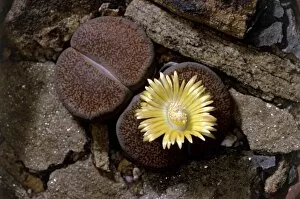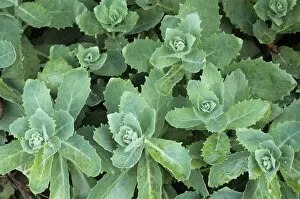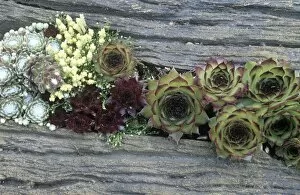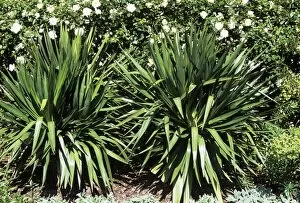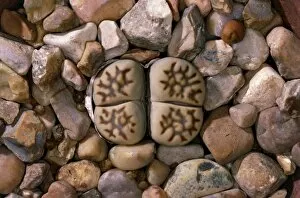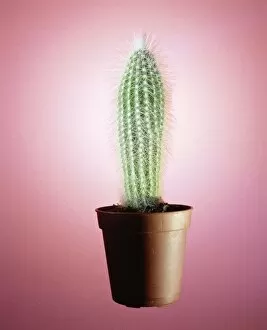Arid Adapted Collection (page 2)
Discover the beauty of arid-adapted plants, from the enchanting Lophophora williamsii to the striking Aeonium arboreum var. Atropurpureum
All Professionally Made to Order for Quick Shipping
Discover the beauty of arid-adapted plants, from the enchanting Lophophora williamsii to the striking Aeonium arboreum var. Atropurpureum. Explore the rugged landscapes where these resilient species thrive, such as the remote Abd al Kuri island and its unique Euphorbia. Marvel at the intricate patterns of Conophytum plants and be amazed by the camouflaged Lithops pseudotruncatella plants that blend seamlessly with their surroundings. Admire the vibrant hues of Aeonium Kiwi and witness nature's artistry in Joshua trees (Yucca brevifolia) standing tall against desert winds. Delight in Jojoba flowers' delicate beauty, capturing your attention with their captivating colors (C014 / 1561). Immerse yourself in a moment frozen in time as a raven perches on a majestic Joshua tree (C014 / 1537). Let Jojoba flowers transport you to an oasis amidst arid lands, their blooms radiating tranquility (C014 / 1564). Experience wonder through Conophytum minutum's miniature marvels, showcasing nature's ability to adapt and flourish even in harsh conditions. Join us on this journey into arid ecosystems, where life finds a way against all odds.


